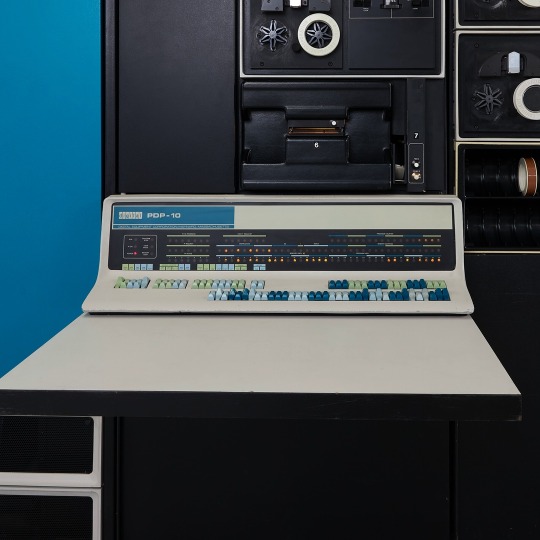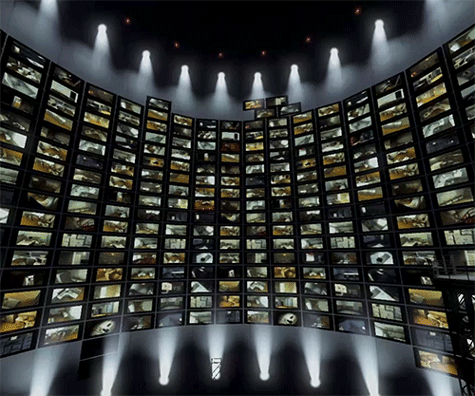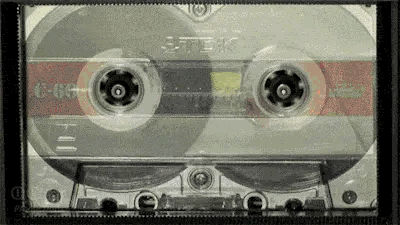Photo



Hmmm. Stumbled upon this 1973 cover for Isaac Asimov’s 1956 robot novel “The Naked Sun”. I immediately thought the machine in the foreground looked awfully familiar.
It’s nearly identical to the R1 unit – R1-G4 by name – that the Jawas were showcasing to Owen Lars in “Star Wars” (1977).
The novel’s cover art is by British illustrator Chris Foss.
And apparently the R1 unit isn’t the only instance of a certain up and coming 1970s filmmaker “borrowing” one of Foss’ ideas.
ADDENDUM: According to this source, Star Wars art director Roger Christian acknowledged that R1 was a “homage” to Chris Foss.
190 notes
·
View notes
Text

The R1-G4 droid from Star Wars (1977) was made by Roger Christian as a homage to Chris Foss’s art for The Naked Sun by Isaac Asimov (Panther, 1973)
783 notes
·
View notes
Text

How curious—it seemed that Stanley had found a friend.
4K notes
·
View notes
Text

cassettes
https://twitter.com/koyoriin https://patreon.com/koyorin https://instagram.com/koyori_n https://bsky.app/profile/koyorin.bsky.social
2K notes
·
View notes
Text

Storage for a collection of CDs becomes a kind of wallpaper lining the room.
The Not So Big House - A Blueprint for the Way We Really Live, 1998
1K notes
·
View notes
Text

DOT FASHION
I've been working on this one for a while, thought it was because I got super distracted before finishing it. I enjoyed putting little oddly specific references in it. Some more details below the break.
I've had the idea to do this since literally before I finished designing Dot the first time, just took me a while to sit down and do it. This one got super delayed due to a lot of life stuff, so I'm glad it's out now so I can do other things creatively without feeling bad.
On to the more fun stuff. I kind of wanted to lean into the fact that Dot is from an alternate version of the 60s, so I leaned into some of the intricate fashion of the times, as well as a bit of 50s / 70s influence creeping in.


And also, oddly specific musical references.

762 notes
·
View notes
Text
The original demonstrator unit of the Bombardier LRC looks like it rolled straight out of a low-budget 1970's science fiction film

I'm pretty sure Johnathan E. took that to the 2018 Houston-New York Rollerball Final
29 notes
·
View notes
Text






🎄💾🗓️ Day 11: Retrocomputing Advent Calendar - The SEL 840A🎄💾🗓️
Systems Engineering Laboratories (SEL) introduced the SEL 840A in 1965. This is a deep cut folks, buckle in. It was designed as a high-performance, 24-bit general-purpose digital computer, particularly well-suited for scientific and industrial real-time applications.
Notable for using silicon monolithic integrated circuits and a modular architecture. Supported advanced computation with features like concurrent floating-point arithmetic via an optional Extended Arithmetic Unit (EAU), which allowed independent arithmetic processing in single or double precision. With a core memory cycle time of 1.75 microseconds and a capacity of up to 32,768 directly addressable words, the SEL 840A had impressive computational speed and versatility for its time.
Its instruction set covered arithmetic operations, branching, and program control. The computer had fairly robust I/O capabilities, supporting up to 128 input/output units and optional block transfer control for high-speed data movement. SEL 840A had real-time applications, such as data acquisition, industrial automation, and control systems, with features like multi-level priority interrupts and a real-time clock with millisecond resolution.
Software support included a FORTRAN IV compiler, mnemonic assembler, and a library of scientific subroutines, making it accessible for scientific and engineering use. The operator’s console provided immediate access to registers, control functions, and user interaction! Designed to be maintained, its modular design had serviceability you do often not see today, with swing-out circuit pages and accessible test points.
And here's a personal… personal computer history from Adafruit team member, Dan…
== The first computer I used was an SEL-840A, PDF:
I learned Fortran on it in eight grade, in 1970. It was at Oak Ridge National Laboratory, where my parents worked, and was used to take data from cyclotron experiments and perform calculations. I later patched the Fortran compiler on it to take single-quoted strings, like 'HELLO', in Fortran FORMAT statements, instead of having to use Hollerith counts, like 5HHELLO.
In 1971-1972, in high school, I used a PDP-10 (model KA10) timesharing system, run by BOCES LIRICS on Long Island, NY, while we were there for one year on an exchange.
This is the front panel of the actual computer I used. I worked at the computer center in the summer. I know the fellow in the picture: he was an older high school student at the time.
The first "personal" computers I used were Xerox Alto, Xerox Dorado, Xerox Dandelion (Xerox Star 8010), Apple Lisa, and Apple Mac, and an original IBM PC. Later I used DEC VAXstations.
Dan kinda wins the first computer contest if there was one… Have first computer memories? Post’em up in the comments, or post yours on socialz’ and tag them #firstcomputer #retrocomputing – See you back here tomorrow!
32 notes
·
View notes































